In the late 1200’s through the early 1400’s groups of hunting and gathering Athabascans began arriving in the Southwest from the far north in Canada. These were the ancestors of the Navajo and Apache peoples.
The Western Apache include five groups: Cibecue, San Carlos, White Mountain, Northern Tonto, and Southern Tonto. While there was intermarriage between these groups, they considered themselves to be distinct from one another and had clearly defined territorial boundaries. The traditional territory of the Western Apache is in Arizona and ranges from as far north as Sedona to as far south as the San Pedro River Valley.
Economy
The primary form of subsistence for the Western Apache involved gathering wild plants and hunting, supplemented by gardening. In her entry on the Western Apache in the Encyclopedia of North American Indians, Elizabeth Brandt reports:
“The Western Apaches were mobile people who moved in a seasonal round, covering millions of acres as they collected wild plants and hunted game from favored campsites.”
The Western Apache gathered a variety of different plants for food. In the Spring they would gather saguaro fruit, prickly pear, and mescal. In the Summer they would gather acorns and mesquite beans. In the Fall they would gather piñon nuts, juniper berries, and the fruit of the yucca.
Among the Western Apache the primary hunting season was during the winter. During this time, the band would move every two weeks or so in search of game.
While the Western Apache in Arizona had an economy based on hunting and gathering, they also planted gardens. Their gardens were generally small – about 1/2 acre – and the crops were corn, beans, and squash. About 25% of their food came from farming. Western Apache gardens were usually near the heads of creeks, rivers, or springs. After the crops were planted they were sometimes left alone until harvest, or they were left in the care of the elderly, the disabled, or the young.
Regarding Apache farming, Stephanie Whittlesey et al, in their report in Salado, write:
“Although floodwater farming was more typical, farms were irrigated whenever possible.”
Apache farmers would make small diversion dams and then dig small ditches to bring the water to the crops.
Among the Western Apache, some of the green corn from the gardens was used to make tulpai (“grey water”), a milky, alcoholic beverage similar to beer. Tulpai was only drunk at important social occasions, including ceremonials, and functioned to make people feel good about each other and what they were doing.
The Western Apache carried on small-scale trading with the Hopi and Zuñi to the east and with the Yavapai to the west. They traded meat, skins, and salt for agricultural products and cotton cloth. Sometimes the Apache bands would spend the winter camped near their Pueblo trading partners.
Baskets
The Apache made a variety of different baskets, including deep bowls. The most common baskets were shallow bowl-trays ranging from six inches to thirty-six inches in diameter. These are traditionally decorated with symmetrical and centripetal radiating lines of triangles, zigzags, or points. However, the olla is the hallmark of Western Apache basketry. According to Andrew Whiteford, in an essay in I Am Here: Two Thousand Years of Southwest Indian Arts and Culture:
“Occasional tall slender ollas reached a height of more than four feet, and many were made that were between twenty-four and thirty-six inches high.”
With regard to decoration, Andrew Whiteford reports:
“Some were covered with rectangular figures, some with allover netted designs of diamonds, others were encircled with zigzag or checkered bands, and many incorporated the life figures used on the coiled trays.”
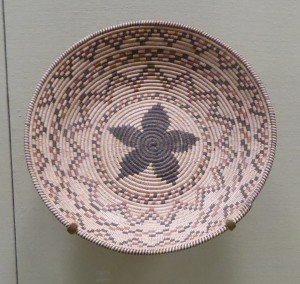
Shown above is a Western Apache basket on display in the Portland Art Museum which was made about 1900-1920
According to the display:
“Western Apache baskets are decorated with figurative designs including plants, animals, humans and even letters that might refer to the initials of the weaver or individual who purchased it.”
Family
The Apache are organized into matrilineal clans, but these clans are not the corporate entities like those found among the Pueblos. Elizabeth Brandt describes Western Apache clans this way:
“Clans consisted of groups of people who considered themselves related and descended from a single female ancestor. They were often named for their place of origin.”
There were over 50 named clans among the Western Apache in the nineteenth century. According to anthropologist Richard Perry, in his book Apache Reservation: Indigenous Peoples and the American State:
“The only significant social duties associated with clan membership among the Western Apache involved a sense of obligation to clan members if they needed assistance and a stipulation that members of the same clan should not marry.”
Stephanie Whittlesey et al write:
“Clans functioned in many areas, but primarily served to create a network of relationships cutting across and integrating bands and local groups.”
Thus the clans created an economic support mechanism.
Traditionally, married men lived with their wife’s families, a practice which anthropologists call “matrilocal residence”. Some Apache women had more than one husband, a practice which anthropologists call “polyandry.”
Among the Western Apache, boys would be instructed about war for about four days prior to their first war party. This instruction would be carried out by an experienced warrior who would teach the boys about the practical things they would need to do while on a raid. According to anthropologist Colin Taylor, in his book Native American Hunting and Fighting Skills:
“Having been instructed in practical aspects, the youth is then told of various taboos that he must observe whilst on the war or raid path.”
For the first four raids, the young man must not scratch his head with his fingers or let water touch his lips.
Government
Among the Western Apache, each family cluster had a headman who was usually a man who had married into the group. Elizabeth Brandt reports:
“People became leaders through force of personality, example, wealth, and prestige.”
The most esteemed trait of the headman was to arbitrate disputes. In addition they would be called upon to discuss prospective marriages. It was also customary for the headmen to lecture their family group about everyday matters early in the morning. Elizabeth Brandt also reports:
“Leaders were expected to provide for their followers using their personal wealth.”
As with most Native American hunting and gathering peoples, an Apache leader could not compel or order anyone to do anything. The power of leadership was persuasion. The exception to this among the Western Apache occurred in situations of warfare.
None of the Apache tribes had a single leader. According to anthropologist Nancy Parezo, in her entry on the Southwest in The Native Americans: The Indigenous People of North America:
“Apache tribes had no recognized leaders; bands and local groups did.”
According to anthropologist Norman Bancroft-Hunt, in his book North American Indians:
“People were free to follow the leader they chose, with the consequence that Apache bands were small and mobile, composed of people with a strong sense of independence and individual freedom.”
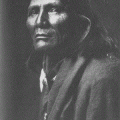
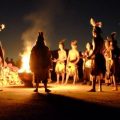
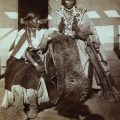
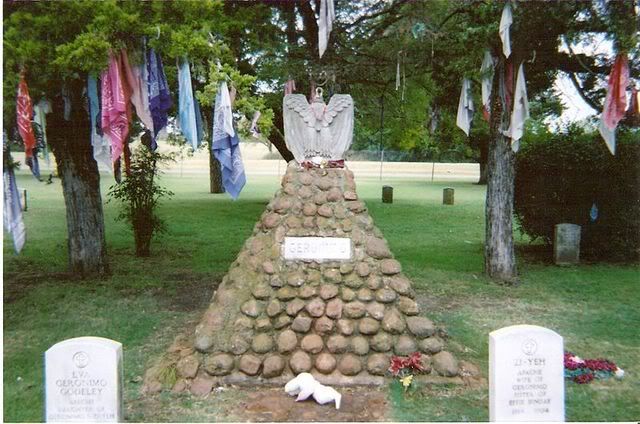
Leave a Reply